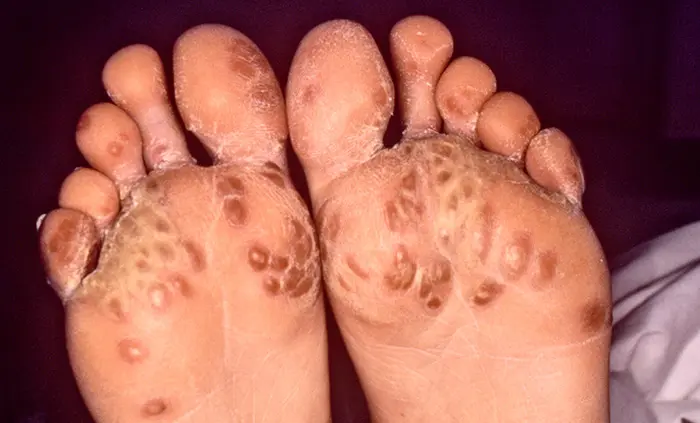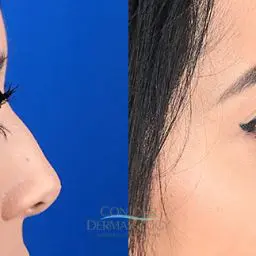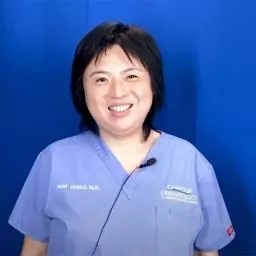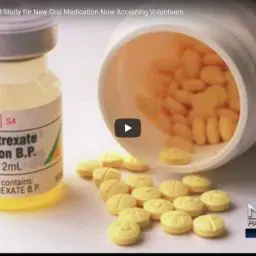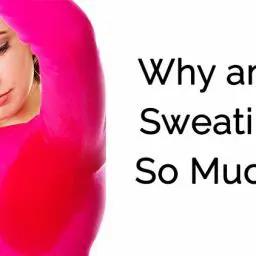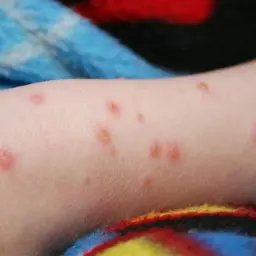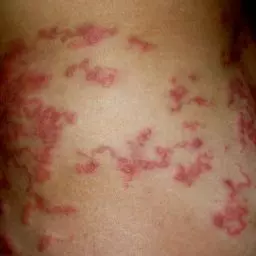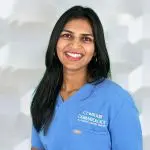Keratoderma Blennorrhagicum
Skin Conditions
Keratoderma blennorrhagicum describes the appearance of skin lesions (red bumps or blisters) resembling psoriasis that appear first on the palms of the hands and soles of the feet but may eventually spread to the scalp, torso, and genitals. This condition is a symptom of reactive arthritis (joint pain due to an infection), which is itself a component of a systemic disease known as reiter’s syndrome.
Keratoderma Blennorrhagicum
Skin Conditions
Keratoderma blennorrhagicum describes the appearance of skin lesions (red bumps or blisters) resembling psoriasis that appear first on the palms of the hands and soles of the feet but may eventually spread to the scalp, torso, and genitals. This condition is a symptom of reactive arthritis (joint pain due to an infection), which is itself a component of a systemic disease known as reiter’s syndrome.
Keratoderma Blennorrhagicum Cause & Treatment
The cause of reiter’s syndrome is unknown but typically occurs one to three weeks after an infection of the reproductive, urinary, and/or digestive tracts (including STDs). Most individuals are at very low risk for developing reiter’s syndrome, and those that do usually have one or more predisposing factors.
For example, a mutation in a specific gene has been identified in the vast majority of patients who develop this syndrome, but this mutation is not required to develop it. Other predisposing factors include young age, male sex, and infection with HIV virus. Treatment of keratoderma blennorrhagicum includes both topical and oral medications.
Certain ointments containing calcipotriol, coal tar, and steroids may be prescribed to apply directly to the lesions, and oral azathioprine, acitretin, ciclosporin, and methotrexate have been found effective as well. Additionally, depending on the severity of its presentation, light therapy (in the form of ultraviolet radiation) may also be utilized. Any new and persistent change in your skin should be evaluated by a professional – contact your dermatologist if you are experiencing symptoms of keratoderma blennorrhagicum for evaluation and treatment.


